How to create a Korg M1-style organ bass sound
Learn how to make this classic house synth tone from scratch
The Korg M1's 'Organ 2' preset became a staple for many a classic dancefloor anthem in the 90s, including Robin S's hit Show Me Love. But for those without the M1 or samples, how do you go about emulating this classic sound?
Well, in this six-step walkthrough we'll show you how to get close using just the standard oscillators and envelopes on any analogue synth - real or virtual. Prepare to be transported back in time to 90s 'house remix' territory! Here goes…
For more bassline tutorial action, pick up the October edition of Future Music (FM309).
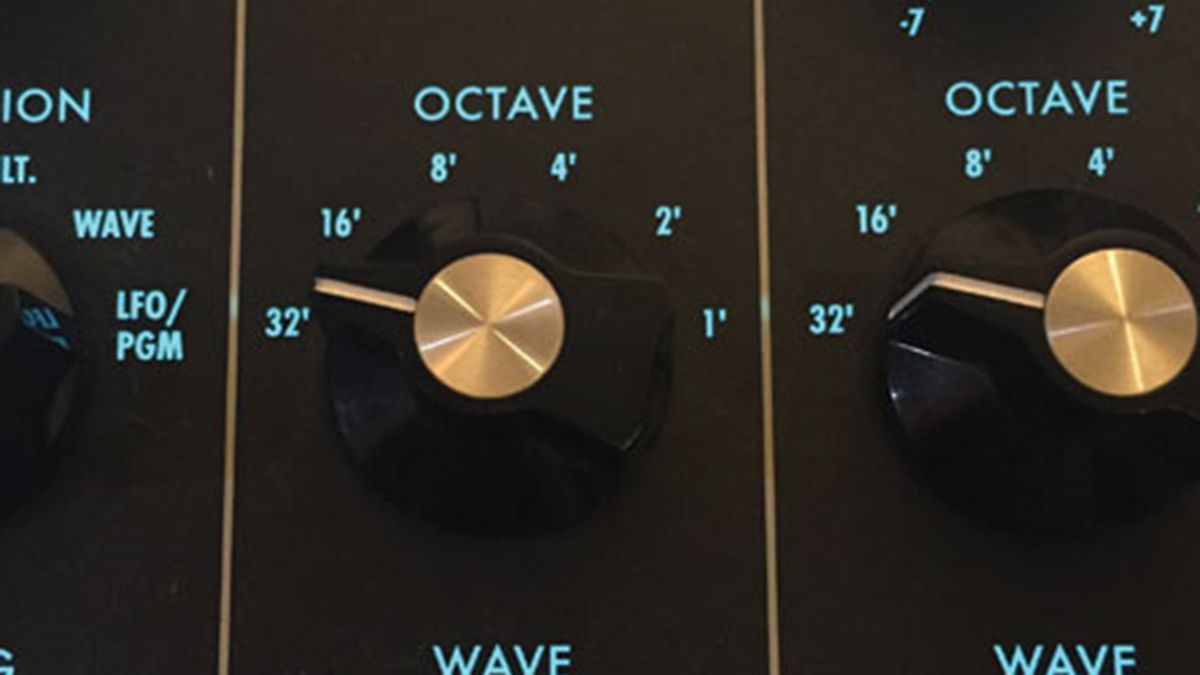
Step 1: Start from a clean slate using an initialised patch. Switch on a single oscillator, turn it up to full volume and dial in a triangle/saw mix. Set the pitch to 32' (or the lowest available on your synth). This oscillator will give our sound the required low-end rumble.
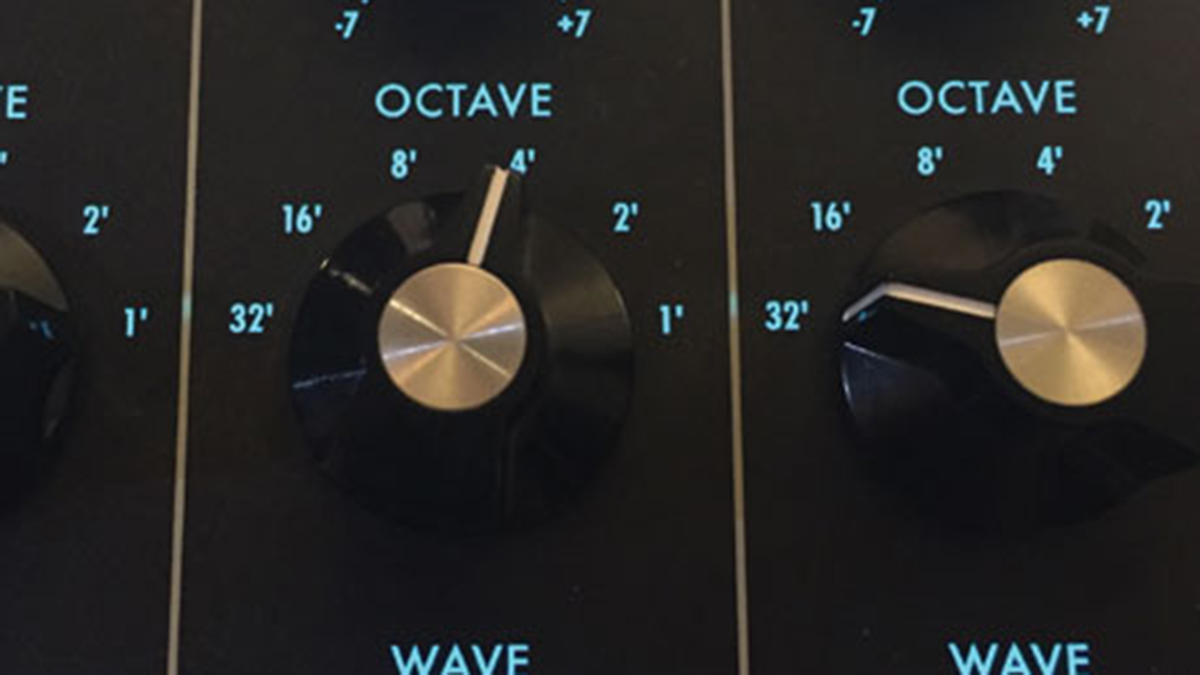
Step 2: To add some flutey/cutting high-end, now add in Oscillator 2 and set it to a square wave three octaves above the triangle wave (4' pitch setting). This makes the sound more organ-like, while helping the sound cut through on smaller speakers/systems.
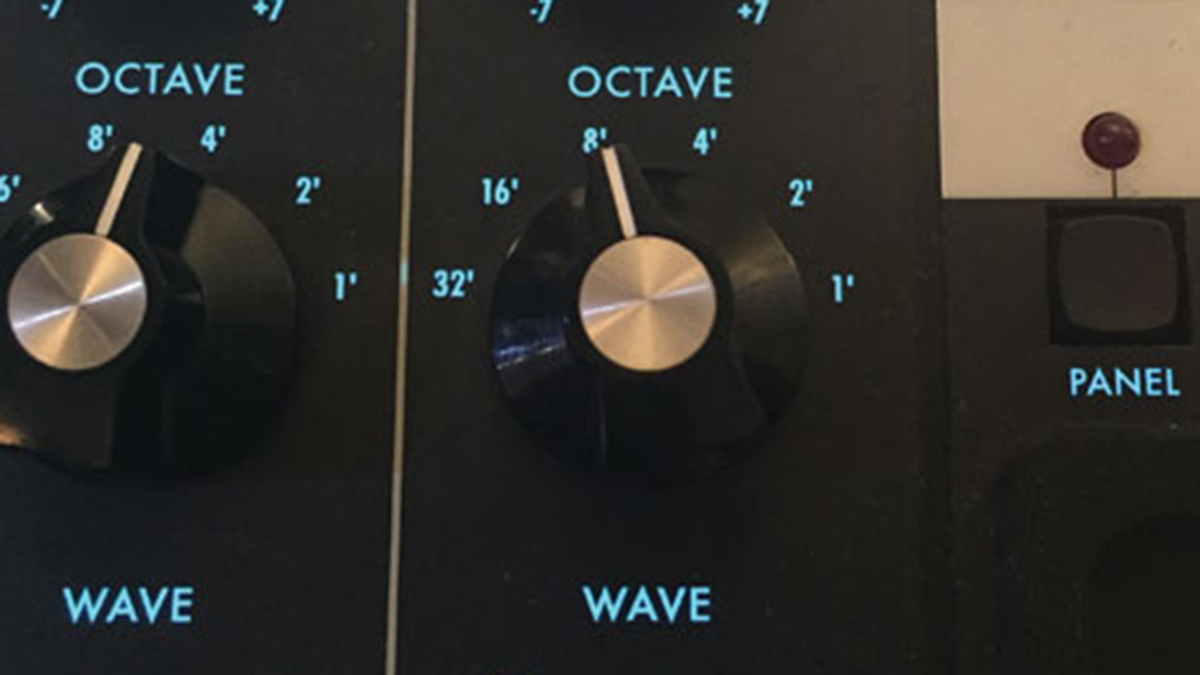
Step 3: Dial in a half/quarter blend of Osc1 and 2, then switch on Oscillator 3. This is going to add some more meat to the sound. Dial in another triangle wave and set this to 8' pitch. We now have the basic sonic foundations in place.
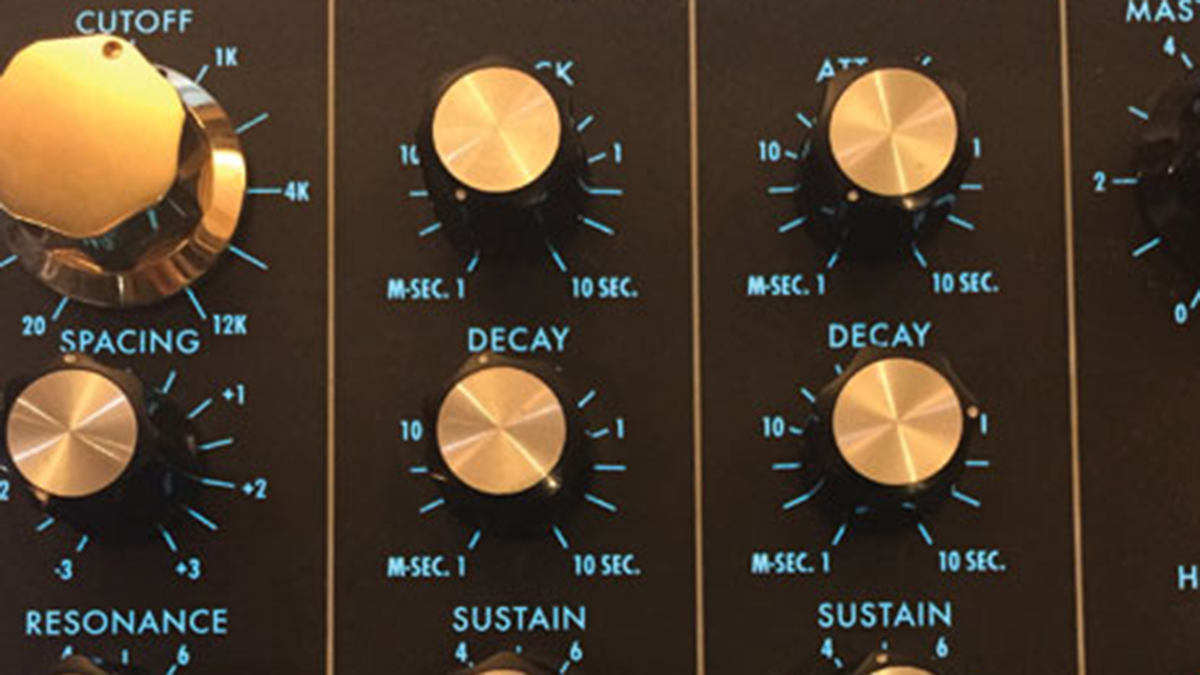
Step 4: Now let's sculpt our envelopes! Set Amount To Filter' to 3/4 full. In the Filter Envelope, set Attack to fastest, Decay to half, Sustain off and Release to half. On the Amp Envelope: Attack to fastest, Decay to 3/4 full, Sustain to half and Release to half.
Get the MusicRadar Newsletter
Want all the hottest music and gear news, reviews, deals, features and more, direct to your inbox? Sign up here.
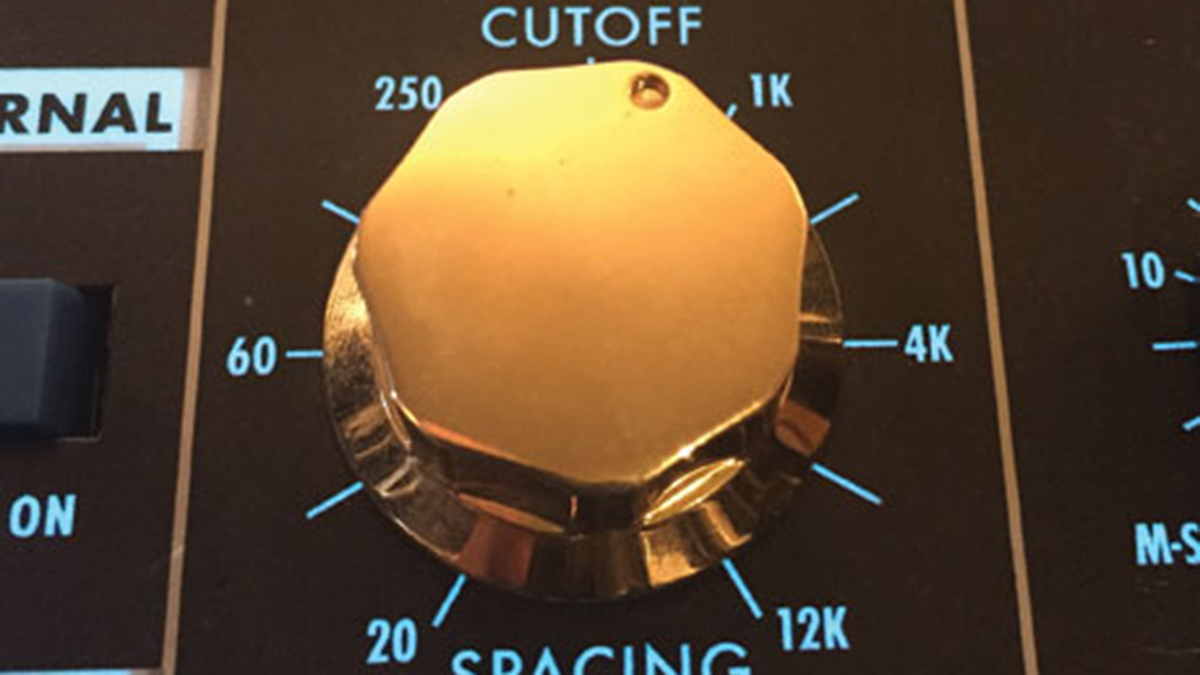
Step 5: You should now be hearing something approximating the Korg M1's 'Organ 2' preset, but this is just a starting point, so feel free to adjust to taste. To add more authenticity, try tweaking Oscillator 3 so that it plays a 5th above Oscillator 1.
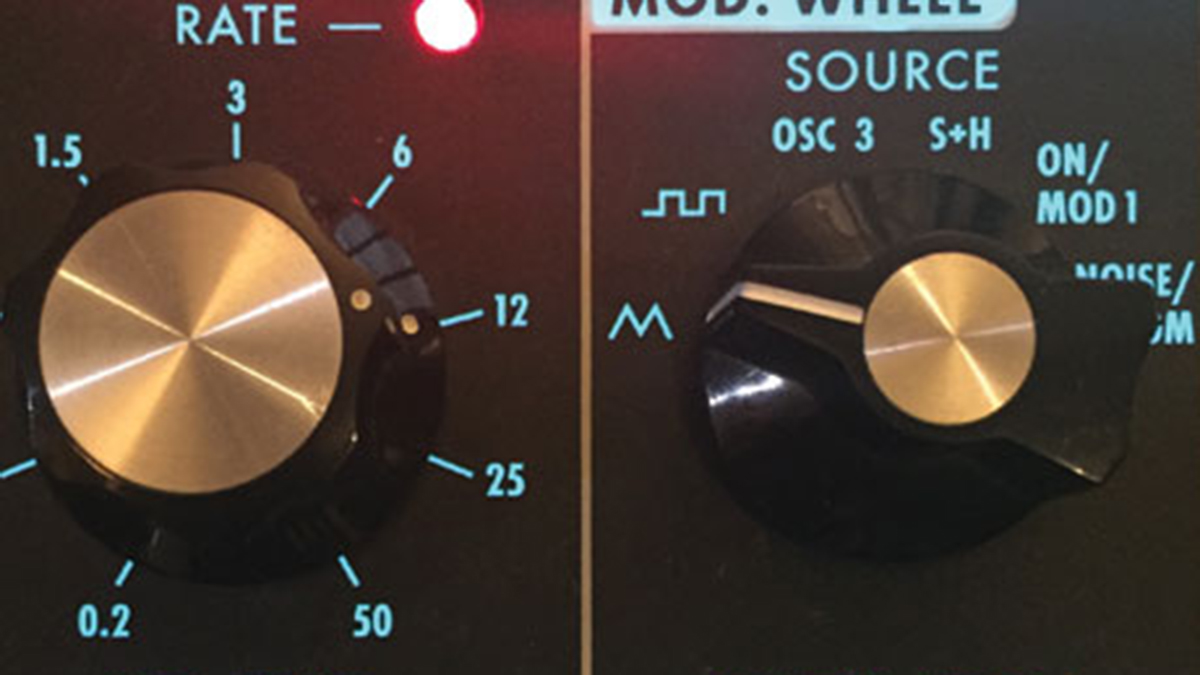
Step 6: Tweak the filter cutoff and envelopes to taste. Once recorded into your DAW, add a hall reverb and some chorus for further authenticity. For more grit, add a distortion or overdrive plugin or feed your synth back into itself. You should now be back in 1993!
Future Music is the number one magazine for today's producers. Packed with technique and technology we'll help you make great new music. All-access artist interviews, in-depth gear reviews, essential production tutorials and much more. Every marvellous monthly edition features reliable reviews of the latest and greatest hardware and software technology and techniques, unparalleled advice, in-depth interviews, sensational free samples and so much more to improve the experience and outcome of your music-making.










